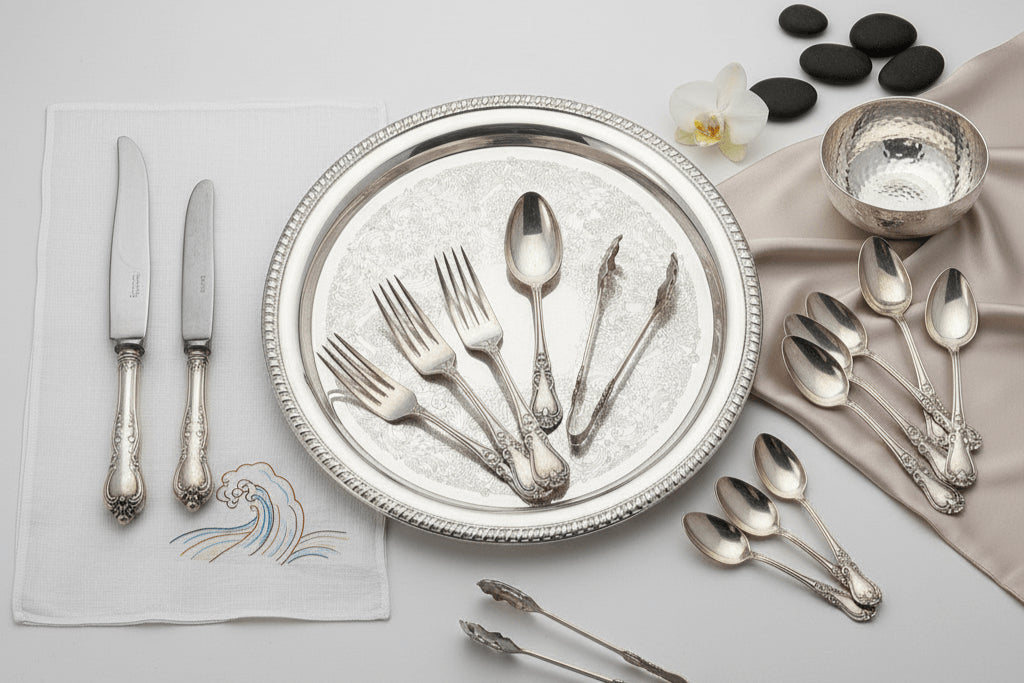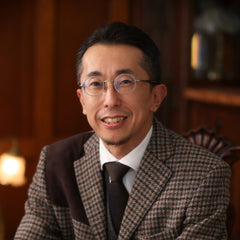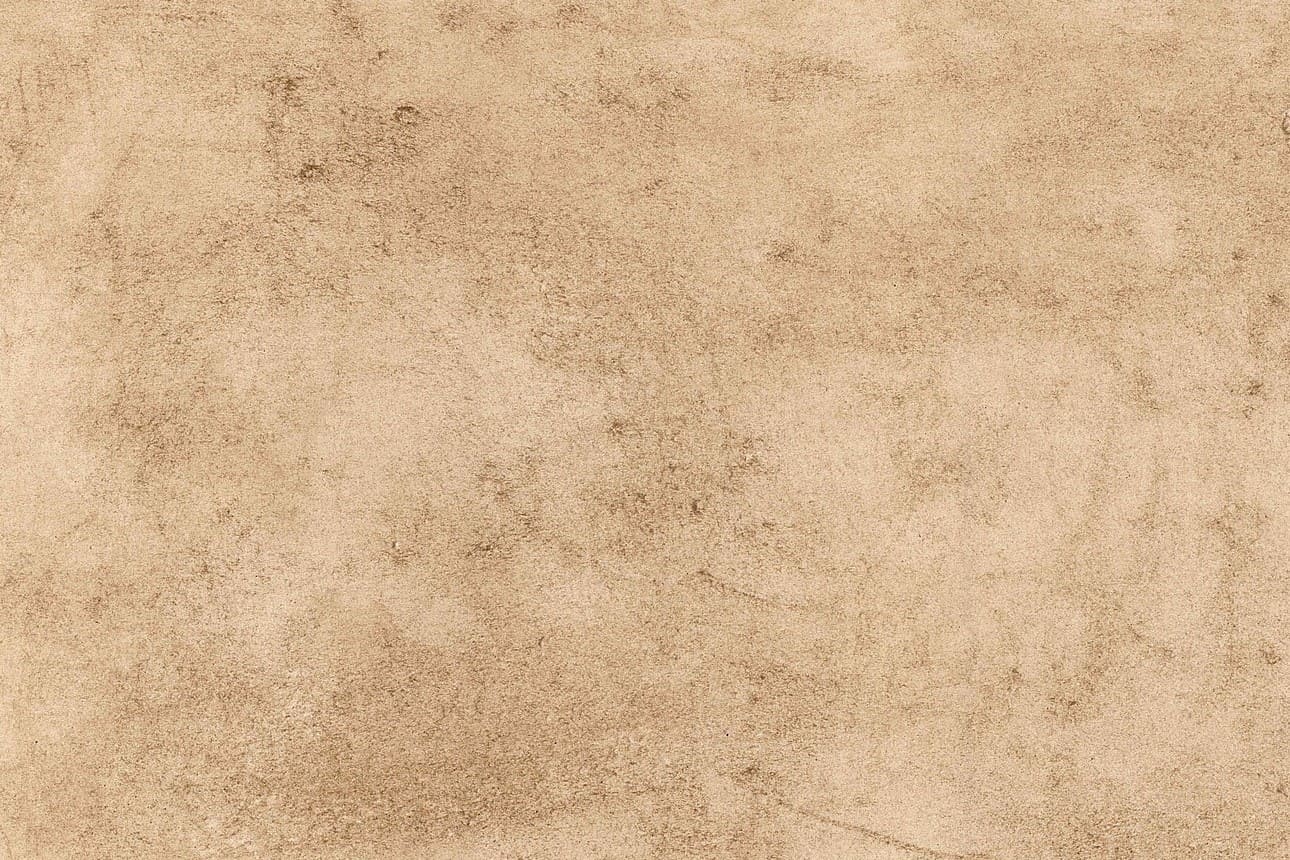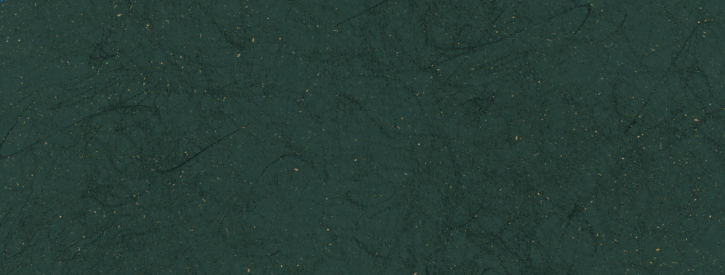Type of silver (purity, etc.)
Posted by WATANABETAIGA

Basic knowledge about silver.
Silver is a very soft metal.
100% silver is too soft, making it prone to scratches and dents, and not resistant to wear.
Also, being too soft has the disadvantage of making it difficult to process, such as carving.
Therefore, it is common to mix other metals with pure silver to make it easier to process and more durable, and to use it as a silver alloy.
The metal that is mixed in is called " warigane" (alloying metal ), and copper is generally used.
While the purity of gold is often expressed as a fraction of 24, such as 18k or 14k, the purity of silver is generally expressed as a fraction of 1000 (per mille).
Sterling silver, which is common in antique silver, is 925/1000 (92.5%) .
Besides those made with silver alloys, there are also those made by plating silver onto the surface of other metals, called silver-filled or silver-plated.
Not only can it be manufactured at a lower cost than using only silver alloy, but it also has the advantage of being able to manufacture items that cannot be manufactured with silver alloy due to durability issues.
Types of silver purity
Sterling silver (925/1000)
This is the most common purity for silver products in the UK.
In the UK, it became the legal standard in the 1300s, and until 1920, British silver coins were minted with sterling silver.
The official name of the British currency, the pound, is still "pound sterling."
The word "STERLING" means "authentic" and "reliable."
The Japanese word "純銀" (jun-gin), which literally means "pure silver," originally referred to silver with a purity of 99.9% or higher. However, because there is no suitable Japanese word to express "sterling silver," it is common in the Japanese world of Western antiques to label silver with a purity equal to or higher than sterling silver as "純銀."
For information on why sterling silver is labeled as "pure silver" in Japan, please refer to this blog post.
[Blog Post] The Reason Why Sterling Silver is Referred to as "Pure Silver" in Japan
Britannia silver (958/1000)
In England, this was the legally mandated fineness used for minting silver coins from around 1697 to 1720.
However, it seems that it was returned to its original state because it was too soft and difficult to process.
Sometimes, items with a purity of 95% (950/1000) are also collectively referred to as Britannia silver.
Coin silver (900/1000)
Many European countries other than Great Britain and Germany minted silver coins with 90% purity.
It is often used in silver products other than those from the UK and Germany.
Silver pocket watch cases made in Switzerland or the United States are often made of coin silver.
Continental Silver (800/1000)
Because it was mainly used in Germany, it is sometimes called "German silver."
However, since the "Yobako" (洋白) mentioned later is sometimes also called German silver, we use the term "Continental Silver" consistently in our store to avoid confusion.
However, silver products from continental Europe other than Great Britain are sometimes collectively referred to as continental silver, in which case the purity varies depending on the country of manufacture.
Because of the high proportion of alloy (copper), it is durable, but a blue rust called verdigris, which is a type of copper rust, may appear.
Silver-filled, silver-plated (silver plating)
Silver-plated
It is coated (pressed) with a silver alloy that is about 1/20th of the total weight, using an alloy such as brass as the core.
Silver alloys are often sterling silver, and the weight ratio varies depending on the product.
The silver plating is much thicker than silver-plated items, and it rarely peels off.
Silver-plated (electroplated)
It's called EPNS (electro plated nickel silver), which means that silver plating has been applied to a nickel alloy using electricity.
Its history is surprisingly old, dating back to the 1830s.
There are also silver-plated Britannia Metal (pewter) products called EPBM (electro plated Britannia Metal).
Sheffield Plate
It's not made of nickel alloy, but rather copper plated with silver.
It was named after Thomas Boulsover, a cutlery maker from Sheffield, England, who invented it around 1742.
Before the introduction of electroplating, the "Old Sheffield" method, as it was called, involved hot-pressing sheets of silver together.
Old Sheffield plate that has been polished and thinned, revealing the copper underneath, has a unique beauty and is popular with antique collectors.
Other
Nickel silver
It is an alloy composed of copper, zinc, and nickel, and is also known as "German silver" or "nickel silver".
The 500 yen coin in Japan, for example, is made of nickel silver.
Because of its silvery color, it is used in cutlery and other items, but it does not contain silver as a substance.
Pewter
This is an old alloy with tin as its main component, also known as "shiroume" or "Britannia metal."
Besides tin, it contains antimony, lead, copper, and other elements.
Because its melting point is low at 250°C, it is easy to process, and its history is ancient, dating back at least 2000 years. In England, guilds existed from around the 14th century.
Although the color is similar to silver, this product also does not contain silver as a material.
Niero
It is a decorative technique in which a black alloy of copper, silver, lead, etc. is inlaid into the grooves of an engraving.
Because the contrast between silver and black is so beautiful, it is often used to decorate silver products.
In particular, the niello decorations of Russia (the Grand Duchy of Kiev) are famous.
Summary
There are various types of silver, depending on the history and intended use of each country.
It's not simply a matter of higher purity being better.
Furthermore, the word "silver" can be confusing because it refers to both the substance silver and the color silver.
The meanings of these terms are often inconsistent or confusing, but I believe that understanding the terms introduced here will greatly enhance your enjoyment of antique silver.
TAGS:
SHARE:











